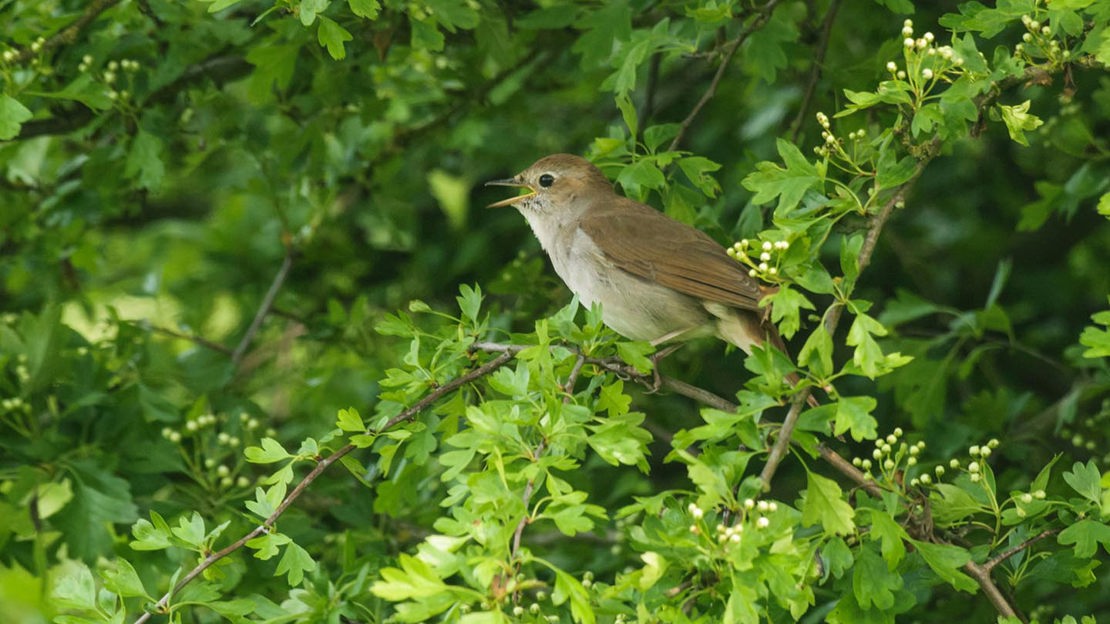The public forest estate is Government-owned land managed by the Forestry England.
Government’s nature recovery plans in England fall short
We need action on nature’s recovery that matches the rhetoric.

Last year, tens of thousands of people campaigned for a commitment to halt nature’s decline in England by 2030. Government eventually listened, putting the target into law. It has since proposed further, more detailed targets too. But now it has published its plans on how to meet those targets and they don’t go nearly far enough.
What’s in Government’s nature recovery plan?
The rhetoric includes lots of warm words and welcome ambition, but the details of the proposals focus only on restructuring systems and institutions. The plans should be full to the brim of decisive, tangible actions that will help nature to thrive again. We need urgent change – not warm words.
8 years
that's all we have to stop nature’s free fall
A proposal to lead the way
The plan includes one proposal that really could make a difference: introducing a new requirement to recover nature on the public forest estate. Trees and woods owned by the public should be managed for nature’s recovery. The change could and should lead to all publicly owned ancient woodland being fully restored to rich wildlife havens.
But this is only one proposal and cannot single handedly resolve the crisis – less than 20% of England’s woods are in the public forest estate. To make a real difference, this will only be the start.
15%
of species
are threatened with extinction from Great Britain
1/3
of woodland wildlife species
are in decline
1 in 10
woodland wildlife species
are at risk of extinction
Recover nature by protecting trees and woods
Government’s nature recovery plans must include a raft of practical proposals. Among them should be the protection of all ancient woods and trees. These irreplaceable habitats have developed over centuries and are home to complex ecosystems of plants and animals, many not found anywhere else.
Our ancient woods are the remaining fragments of the wildwood that once covered England. Wildlife that lives in these woods has been squeezed into ever smaller patches as more woodland is damaged and destroyed. A single, lone ancient tree can be an essential haven for wildlife in an otherwise nature deprived environment – one oak can support as many as 2,300 species.
To halt nature’s decline, these havens need to be safe. While some ancient woods are protected by their Site of Special Scientific Interest status, we want to see them all protected, restored and included in a strong and effective network of legally protected wildlife sites actively managed for nature.
The consultation closed on 11 May 2022. We’re still hard at work behind the scenes to convince Government to prioritise nature recovery and will keep you updated.
Stay up to date
Follow our progress and other campaigns.

